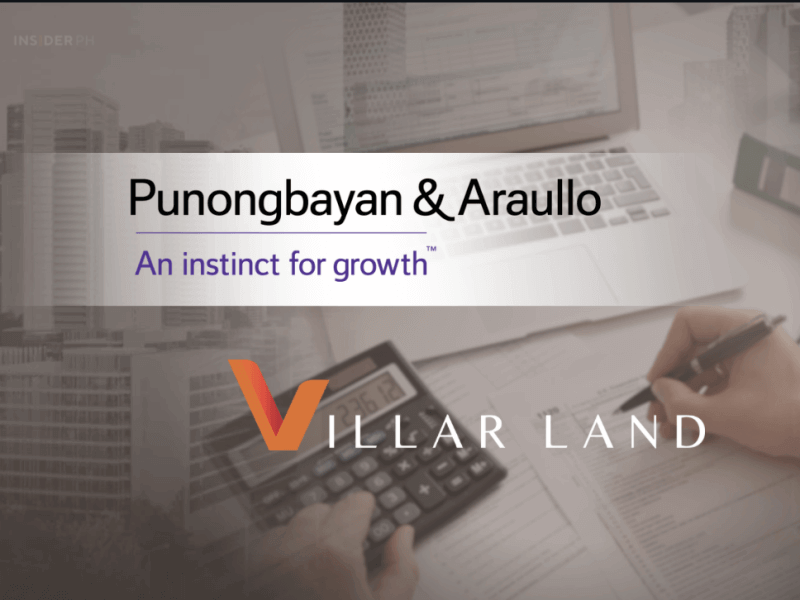Sunday, 7 December 2025
19 Nov 2025
8:20AM
VIEWS FROM THE PEAK: One hedge, big difference
AP Securities says the portfolio’s underperformance this year stems not from weak stock selection but from the absence of a proper hedge that could have buffered returns during market volatility.

22 Oct 2025
9:09AM
VIEWS FROM THE PEAK: Mining stocks take the gold
Gold’s relentless rally has reignited investor interest worldwide, propelling Philippine mining stocks to their strongest performance in over a decade.

8 Oct 2025
9:08AM
VIEWS FROM THE PEAK: Analysts are people too
Even the most confident market forecasts can crumble when unexpected events reshape the economy’s course.

10 Sep 2025
9:08AM
VIEWS FROM THE PEAK: Beyond the walls of Manila
Developers’ pivot to the provinces is paying off, with Megaworld’s provincial sales now making up 38 percent of the total and Ayala Land’s rising to 46 percent.

27 Aug 2025
8:20AM
VIEWS FROM THE PEAK: Konektadong Pinoy Act poses a challenge to the old guard
The Konektadong Pinoy Act marks the end of an era for the Philippine telecom sector, breaking down long-standing regulatory walls and setting the stage for foreign challengers to shake up a market once dominated by a few giants.

13 Aug 2025
8:48AM
VIEWS FROM THE PEAK: It’s time we talk about online gambling
The ongoing online gambling saga highlights how sudden government policy reversals can turn a once-promoted industry into a political scapegoat, eroding investor trust and stability.

30 Jul 2025
9:25AM
VIEWS FROM THE PEAK: More taxes? In this economy?
As new tax rules under the Capital Markets and Economic Participation Act take hold, debate is intensifying over whether the law fuels growth or burdens everyday Filipinos.

16 Jul 2025
12:00AM
VIEWS FROM THE PEAK: Our secret? Diversification and dividends
Regulatory shakeups from proposed online gambling crackdowns to looming telecom competition under the Konektadong Pinoy Act have stirred volatility across Philippine markets, pushing investors to rethink diversification and focus on resilient, high-return sectors.

2 Jul 2025
9:12AM
VIEWS FROM THE PEAK: Hyped over hotels
Ayala Land, Robinsons Land, Megaworld, and SM Prime are steadily expanding their hotel portfolios, seeing hospitality as a promising growth avenue amid shifting market conditions.









